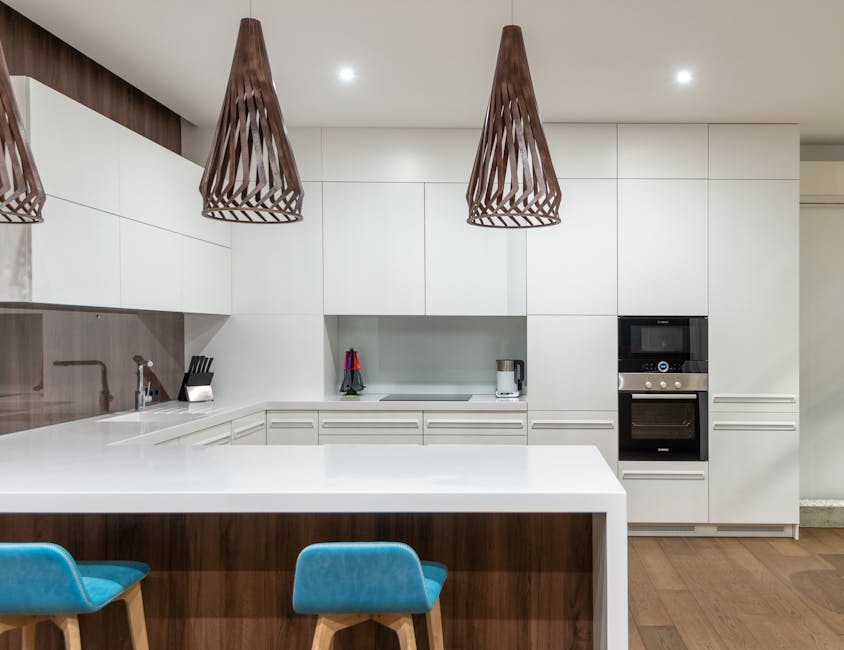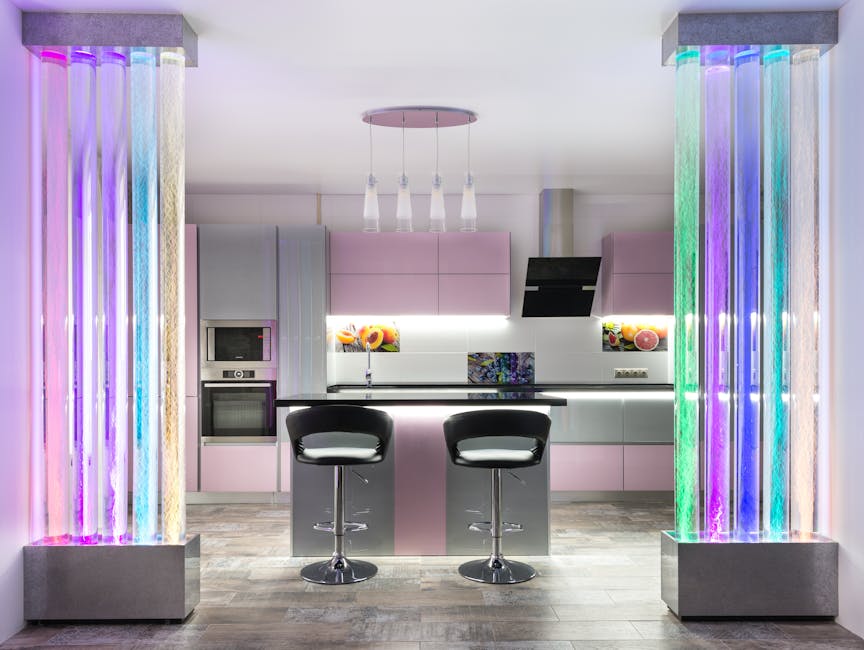How to Safely Install New Lighting Fixtures Yourself

Installing new lighting fixtures can be an effective way to enhance your home's ambiance and functionality. Whether you're looking to update an outdated fixture or add a new source of light, tackling this project on your own can save you money and give you a sense of accomplishment. While it may seem daunting at first, with the right tools and a bit of guidance, you can safely and successfully install new lighting fixtures yourself.
Gathering Necessary Tools and Materials
Before beginning your installation, it's crucial to gather all the necessary tools and materials. This preparation will make the process smoother and help prevent any last-minute trips to the hardware store. Here's a list of common tools you'll need:
- Voltage tester
- Screwdrivers (both flathead and Phillips)
- Wire strippers
- Pliers
- Electrical tape
- Ladder
- New lighting fixture
Ensure that the lighting fixture you choose is appropriate for the space where it will be installed. Check the fixture’s specifications for wattage limits and mounting requirements. Additionally, review the manufacturer's instructions to familiarize yourself with any unique installation steps.
Safety Precautions
Safety is paramount when working with electricity. Before you begin, turn off the power to the existing fixture at the circuit breaker. Use a voltage tester to ensure that the power is indeed off by testing the wires in the electrical box.
If you're unsure about any part of the process or if your electrical system appears outdated or unsafe, consult with a licensed electrician. Attempting to install lighting fixtures without proper knowledge can lead to serious injury or damage.
Removing the Old Fixture
Start by removing the existing fixture. This typically involves unscrewing it from its mount and disconnecting the wires. Carefully lower the fixture as you detach it from the ceiling or wall.
The wires will likely be connected using wire nuts. Remove these by twisting them counterclockwise, then separate the wires. Be sure to note which wires are connected—usually, black or red wires are live (hot), white wires are neutral, and green or bare wires are ground.
Installing the New Fixture
With the old fixture out of the way, it's time to install the new one. Follow these steps:
- Connect Wires: Match up the wires from your new fixture with those in your electrical box—live to live, neutral to neutral, and ground to ground. Use wire nuts to secure these connections.
- Mounting: Attach the mounting bracket that comes with your new fixture to the electrical box. This will involve screws that hold everything in place securely.
- Attach Fixture: Once the bracket is secure, connect your new fixture according to its specific instructions. This may include attaching parts of the fixture before securing it fully.
| Wire Color | Function | Connection |
|---|---|---|
| Black/Red | Live (Hot) | Connects to Black/Red from Fixture |
| White | Neutral | Connects to White from Fixture |
| Green/Bare Copper | Ground | Connects to Green/Bare Copper from Fixture/Electrical Box |
Testing and Final Adjustments
After securing all connections and mounting your new fixture, restore power at the circuit breaker. Turn on the light switch to test your installation. If it doesn't work, turn off the power again and double-check your wiring connections.
If everything is working correctly, make any necessary adjustments such as aligning or tightening parts of the fixture. Clean up your workspace and dispose of any old fixtures properly.
Home Depot, among other resources, offers extensive guides on selecting appropriate lighting fixtures for different spaces in your home.
Troubleshooting Common Issues
If your light doesn't turn on after installation, several issues could be at play:
- Poor Connections: Double-check all wire connections to ensure they are secure.
- Circuit Breaker: Verify that you have turned back on the correct breaker for that circuit.
- Bulb Issues: Ensure that the light bulb is properly screwed in and functioning correctly by testing it in another socket.
- Mismatched Wiring: Confirm that all wire colors match correctly as per standard wiring codes.
Summary & Final Thoughts
The successful installation of new lighting fixtures can significantly enhance both aesthetics and functionality within any living space. To recap, gathering necessary tools and materials beforehand ensures smooth progress while adhering strictly to safety precautions prevents potential hazards. Removing old fixtures with care, followed by methodical connection of wires during installation guarantees optimal performance of new lights once installed securely into place.
This DIY journey towards better illumination at home becomes achievable even without professional help! Remember always consult experts whenever unsure about specific aspects ensuring safe completion every step way through!
